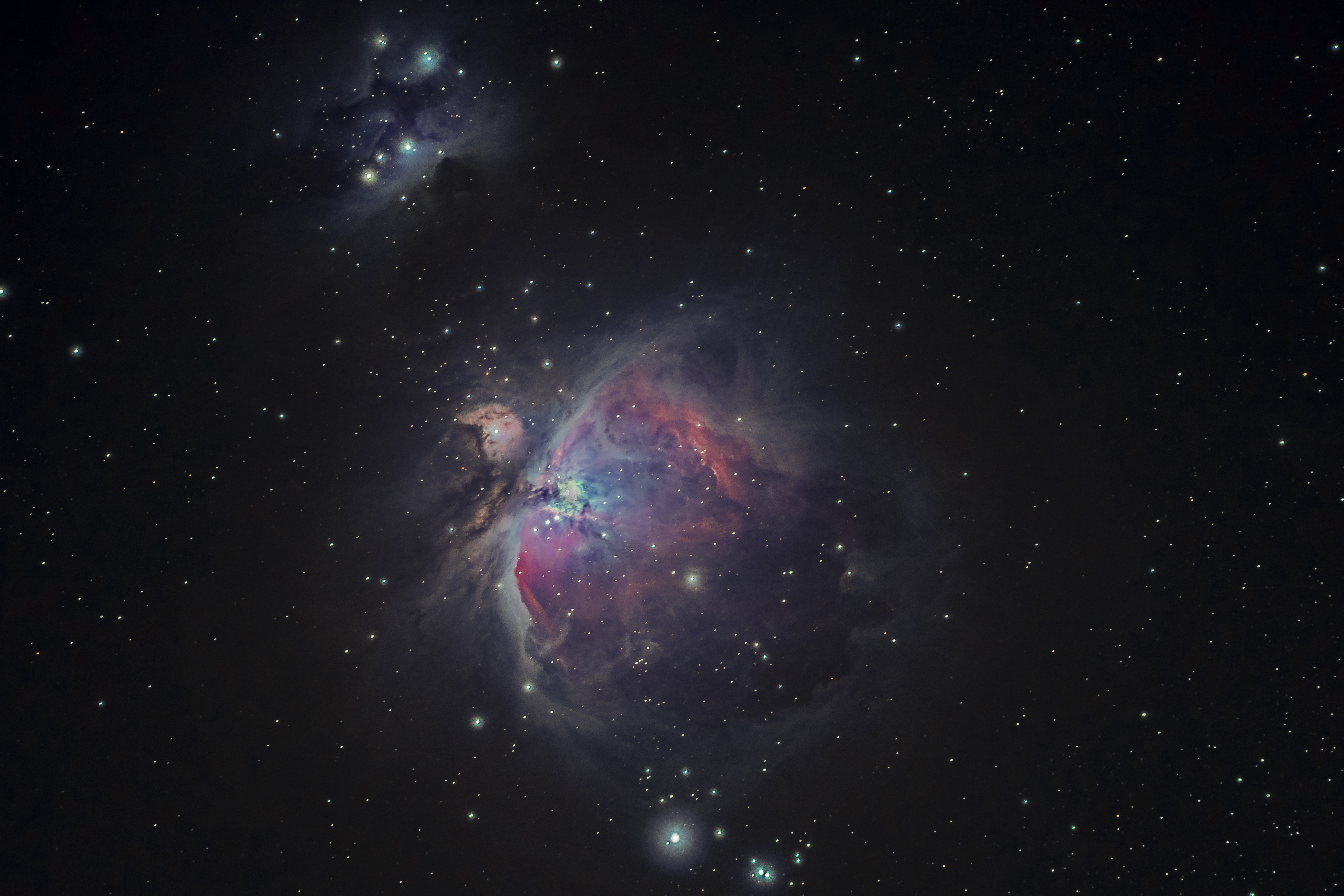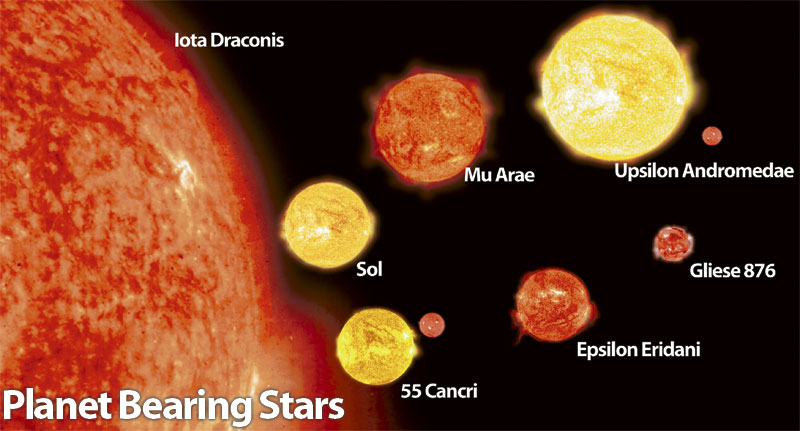
What’s a nebula?
Well…you’re looking at one.
Okay, okay, I know. You want to know what that actually is. You want to know why it’s there. You want to know why there are colors in space…and why you’ve never noticed such a thing in your own night sky before.
Nebulae are the stuff between the stars. They’re the galaxy’s backstage. They’re the only visible evidence of a vast expanse of gas and dust between the stars, completely invisible to the human eye, called the interstellar medium.
Nebulae are the sites of star birth. Planets form from the dusty particles present in these glowing space clouds. They’re the galaxy’s way of replenishing itself. And they’re pretty cool to look at, too.
But how come they look the way they do?
Continue reading







